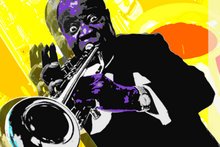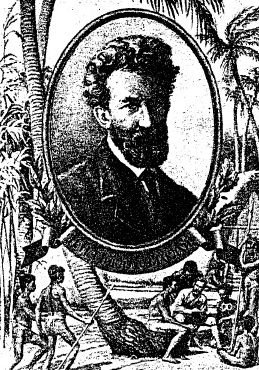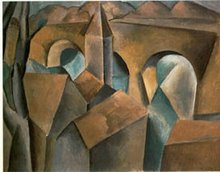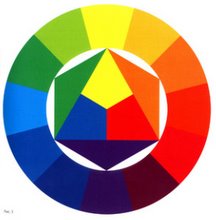Abstract
A current exploratory research intends to clarify whether images of particular objects in folklore, mythology, cults, superstitions, and decorative arts reflect corresponding objective phenomena with high level significance for important aspects of human life, such as needs in food, safety, and mobility. It is supposed that the objective phenomena with certain high level of significance for human biological and social life (such level of significance is called here as mythological significance) manifest themselves in special forms of artifacts, such as proverbs, songs, cult objects and rituals, stable symbols and motifs in folk fairy tales and mythologies, which not only describe and analyze the significant for human life objective phenomena, but also preserve an empirical knowledge about their significance and transfer it to the next generations. It is supposed that the level of mythological significance could be measured according to the level of objective phenomena representation in folkloristic and mythological corpora linguistics. To determine the set of objective phenomena with mythological significance which could be common for vast geographical area of Eurasia-Pacific cultural entity it is necessary first of all to classify the whole volume of objective phenomena, which is and used to be worthy of human attention during long period of empirical observation.
The first step to determine such volume of objective phenomena is in attempt to analyze several corpora linguistics both general to the whole geographical region from remote past to the present and also the specific ones which were created by certain ethnic groups in certain periods of their history. As a corpus linguistic which is general to the whole Eurasia-Pacific geographical region and even the whole world from remote past to the present was chosen data of the well-known American folklorist Stith Thompson. His six-volume Motif-Index of Folk-Literature is considered the international key to folkloristic data. As a sampling frame for Thompson’s data analysis was chosen the part of his work devoted to motifs connected with the idea of godsr. As a result of the sampling frame analysis was created the list included 531 items of individual mythological symbols. The list of 531 items was divided into two parts: items of objective phenomena and items of subjective phenomena.
I define items of objective phenomena as a class of objects and phenomena of objective reality which and include human biological phenomena or biofacts (such as birth, life and death, diseases and mutilations, and other objects and phenomena directly connected with human body); ecofacts (environmental factors and recourses); material artifacts (any portable and non-portable material objects modified or made by people); and adaptive nonmaterial artifacts or social artifacts (objective nonmaterial products of human activity with environmental or social adaptive function, such as technological inventions, tool-making technologies, modes of production, degree and modes of mobility, modes of social stratification, modes of exchange, etc.). In contrast to social artifacts which are objective phenomena I distinguish a special class of nonmaterial artifacts with reflective function which could be called reflective nonmaterial artifacts. Reflective nonmaterial artifacts form a class of artifacts which reflects, describes and analyzes both the objective phenomena and subjective phenomena. This type of artifacts is cognitive and accordingly depends from human cognitive function and exists in individual human minds. It means that this class of artifacts is subjective and forms the list with items of subjective phenomena. Among reflective nonmaterial artifacts I distinguish, for example, such forms as symbols, words, languages, narratives, songs, beliefs, rituals, fairy tales, mythologies, poems, jokes, paintings, scientific theories, books, movies, commercials, and so on.
After calculation the list of objective phenomena formed 78% and the list of subjective phenomena – 22% of the whole data. This result supported the initial assumption that mythological symbols are based mostly on the objective phenomena.
As specific corpora linguistics created by certain ethnic groups in certain periods of their history were chosen a sampling frame from the
Old Testament created by Hebrews and two other sampling frames from early Sumerian texts. As a sampling frame from the
Old Testament was chosen the part of the
Book of Genesis describing the well known mythological motifs of flood and the tower of Babylon (Genesis 6-11) which probably are the most archaic in the Old Testament and their origin could be traced back to the periods of 8500 and 4500 years ago accordingly.
This time the calculation was based on the quantity of references for
every mythological item in the text of
3340 words which included altogether 712 mythological items
. This time the list of objective phenomena formed 77.5% and the list of subjective phenomena – 22.5% of the whole data.
As a first sampling frame from early Sumerian texts was chosen the text from the first three clay tablets of the most complete version of
Epic of Gilgamesh from the library collection of 7th-century BC Assyrian king Ashurbanipal in I.M. Dyakonov’s Russian translation published in 1960. This time the list of objective phenomena formed 93% and the list of subjective phenomena – 7% of the whole data.
As a second sampling frame from early Sumerian texts the text of
Enmerkar and the Lord of Aratta which was published in English translation was chosen.
This time the list of objective phenomena with 67.5% references remains much more significant compare to the list of
the list of subjective phenomena - 32.5%.
The next step to determine the volume of objective phenomena, which used to be worthy of human attention during long period of empirical observation, is in attempt to analyze the basic vocabularies of reconstructed proto-languages of several language families in Eurasia-Pacific area. Among them could be chosen such well reconstructed proto-languages as Proto-Indo-European, Proto-Uralic, and Proto-Austronesian. Dating of Proto-Indo-European language is ranging from the 10th millennium BC in the Paleolithic Continuity Theory to the 4th millennium BC in Armenian hypothesis; the Proto-Uralic language is believed to be spoken during the period about 7th – 2nd millennia BC; and Proto-Austronesian existed, probably, from the 4th to the 3d millennia BC. The reason to analyze the proto-languages vocabularies is based on the assumption that lexemes which are preserved in the modern languages from remote past should reflect the high level significance for human life of corresponding objects and objective phenomena. As soon as recently the Austronesian speaking peoples’ common cultural patterns are in the main focus of my study, I started this new stage of research from analyses of Proto-Austronesian language vocabulary. My data source for this analysis is the Thao Reflexes of Proto-Austronesian reconstructed by Robert Blust (2003) and published in his Thao Dictionary. First of all I rearranged the list of lexemes in the Blust’s reconstruction from his alphabetic order into the order which corresponds to my own classification scheme developed in previous phase of research; and also tried to separate lexemes into groups according to the probability of their origin in different phases in terms of changes in modes of production. It was made four groups, which correspond to Paleolithic foragers’ stage, Mesolithic foragers’ stage, Neolithic horticulturalist stage and a group of lexemes, which origin is difficult to identify.
Igor Sitnikov
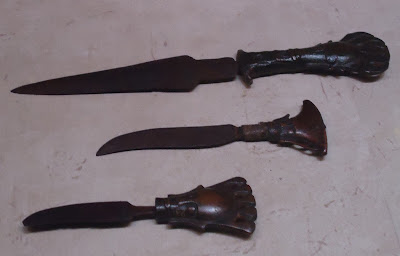


.jpg)


